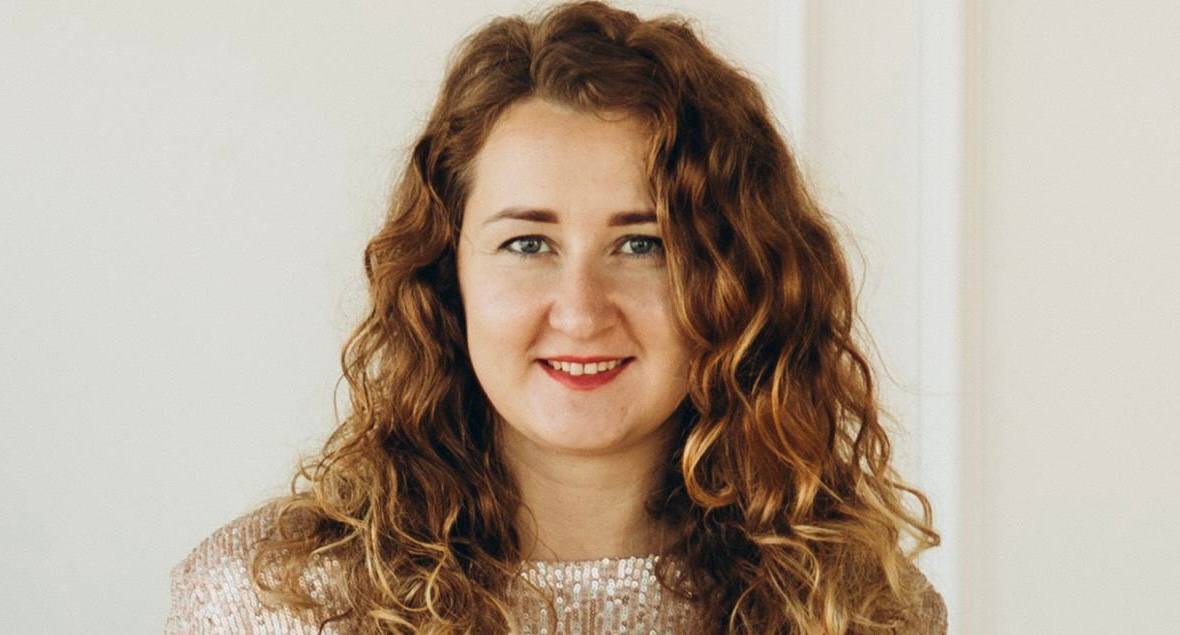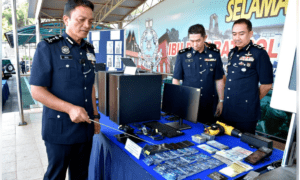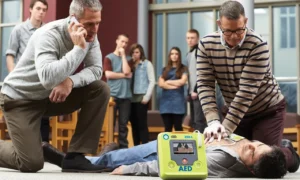Her experience in high-frequency compliance, satellite validation, and test automation reflects how essential careful verification has become in modern telecom
We rarely stop to think about what makes our devices work so effortlessly — how streaming stays stable, apps update instantly, or calls don’t drop mid-sentence. But behind every seamless connection is a layer of rigorous testing that ensures networks perform the way we expect.
That behind-the-scenes work is becoming more critical than ever. In 2025, the global 5G device testing market is expected to surpass $2.5 billion, S&S Insider report says. This number is driven by the growing demand for automated solutions that can handle the complexity of new RF systems. As telecom equipment evolves to support higher frequencies, denser networks, and more diverse use cases — from remote healthcare to smart infrastructure — the reliability of testing systems becomes as critical as the networks themselves. This shift puts the spotlight not on marketing announcements or sleek devices, but on the engineering work that makes them function.
Tatyana Krasik is one of those engineers. With a background in radio electronics and test automation, she has spent the last few years working on the back end of 5G and satellite communications. Long before her work with telecom systems, Krasik was already applying scientific rigor to industrial environments. As part of her doctoral research, she authored peer-reviewed studies on electronic control systems in textile manufacturing and patented a method for optimizing fiber blending. The solution not only reduced material waste but also stabilized output quality. A holder of multiple patents and a member of the International Association of IT Professionals, she was accepted into the association based on her contributions and technical work in the field. With deep roots in both research and production, Tatyana brings an engineering mindset that focuses on precision, anomaly detection, and process reliability. This approach has shaped her work across industries — from optimizing textile processes to ensuring the stability of RF systems used in 5G and satellite communication.
Why 5G Products Are Only as Strong as Their Testing Systems
In 5G hardware development, testing is no longer just a final step. Actually, it’s a design dependency. As networks push toward higher throughput and lower latency, even minor inconsistencies in radio frequency (RF) performance can cascade into larger system issues. That’s why test environments are now designed as carefully as the products themselves.
“Did you know that 5G signals in the 24 GHz band can interfere with weather satellites tracking water vapor?” says Tatyana Krasik. “It seems like a distant problem, but if your test environment doesn’t account for these edge cases, you risk compromising systems that have nothing to do with telecom.”
This was central to the work Krasik carried out at Ceragon Networks, a global leader in wireless backhaul solutions and innovation in 5G transport. Serving telecom operators in over 130 countries, the company has built a reputation for delivering robust, high-capacity communication systems. There, she created a new calibration solution for a key device component, cutting its testing time and enhancing operational performance. These innovations were critical in the successful release of Ceragon’s IP-50EX platform, strengthening its reputation in delivering high-reliability 5G transport solutions.
“People think of testing as checking performance,” she adds, “but it’s also about containment—making sure your product stays in its frequency lane. Because when it doesn’t, the impact isn’t just technical—it can disrupt things like weather forecasting or emergency planning.”
Regulation Is Still a Gatekeeper—And It’s Getting Tougher
Despite pressure to innovate quickly, hardware manufacturers still face stringent regulatory demands such as the FCC (Federal Communications Commission in the U.S.) and ETSI (European Telecommunications Standards Institute). In the U.S., the FCC makes sure these devices don’t interfere with things like emergency services or air traffic. In Europe, ETSI sets similar rules for its countries. These standards exist because each region has its own way of managing the radio spectrum. If a device doesn’t follow the rules, it can’t be sold or used there. But it’s not just about legal approval — following these standards also shows that the device is safe, reliable, and won’t cause problems for other important systems.
“Did you hear about the case where a truck driver’s jammer, meant to block his boss from tracking him, shut down GPS at an entire airport?” says Tatyana. “That’s what we’re up against. One careless device can throw off systems built to save lives.”
That kind of risk assessment isn’t theoretical. At Hermon Laboratories, a top-tier Israeli lab trusted by global manufacturers, Tatyana led the preparation of test setups and ensured that wireless equipment met FCC and ETSI standards, a key step for international market access. The lab handled devices operating up to 200 GHz, where even minor signal deviations can have outsized effects. Her role involved preparing test setups and conducting formal certification checks, directly contributing to faster market entry and reduced rework costs for manufacturers. Her expertise enabled enetrprise clients to navigate complex approval processes efficiently and with higher first-pass success rates.
These pre-market evaluations are often invisible to end users, but they’re essential to making advanced communication systems safe, interoperable, and globally deployable.
Space Connectivity Needs Earth-Level Reliability
The space sector’s push to bring mobile broadband to remote regions through satellite networks has created new demands for RF testing: ones that combine precision with environmental resilience. Even with advanced hardware, reliability still depends on how well systems perform under test.
According to a 2025 report by the European Space Agency, the increasing density of satellites in low Earth orbit has heightened the risk of signal interference and orbital congestion. This underscores the necessity for rigorous RF testing to ensure that satellite communications remain reliable and do not contribute to space debris or signal conflicts.
Against this backdrop, Krasik’s work supported early-stage validation for systems designed to connect remote areas, where traditional telecom infrastructure doesn’t reach. It’s a part of the process that rarely gets visibility, but without it, global-scale connectivity remains a concept rather than a reality.
“When you’re working on something that’s literally going into space, the room for error feels much smaller,” she says. “There’s a real sense of responsibility — not just to the team or the company, but to the people this network is meant to reach. You want to be sure it holds up.”
At AST SpaceMobile — a pioneering company building the first space-based cellular broadband network — Krasik contributed to this effort by helping define RF testing strategies for satellite-based communication modules. She developed custom testing tools in Python and co-designed methodologies that enabled ground-based simulations of satellite conditions, ensuring early detection of potential performance issues. These tools helped the team reduce pre-launch troubleshooting time and increased system reliability for deployment in low Earth orbit.
In the realm of satellite communications, meticulous RF testing is a critical component in ensuring the sustainability and reliability of space-based services.
The Future of 5G Depends on People Who Design the Invisible
As the telecom industry expands into increasingly complex environments, the role of test engineering is becoming more strategic than operational. From automated calibration to regulatory conformity, these systems form the “invisible infrastructure” that enables hardware to work across geographies and use cases.
“Don’t underestimate the value of verification,” says Tatyana. “You don’t always need to be the person designing the product to make an impact. Whether it’s testing high-frequency equipment, automating RF validation, or building routines for satellite systems, reliability is shaped in the background by those who make sure things work as intended.”
In a market where 5G equipment failure is measured not just in dollars but in connectivity lost, that work is increasingly hard to overlook.





























